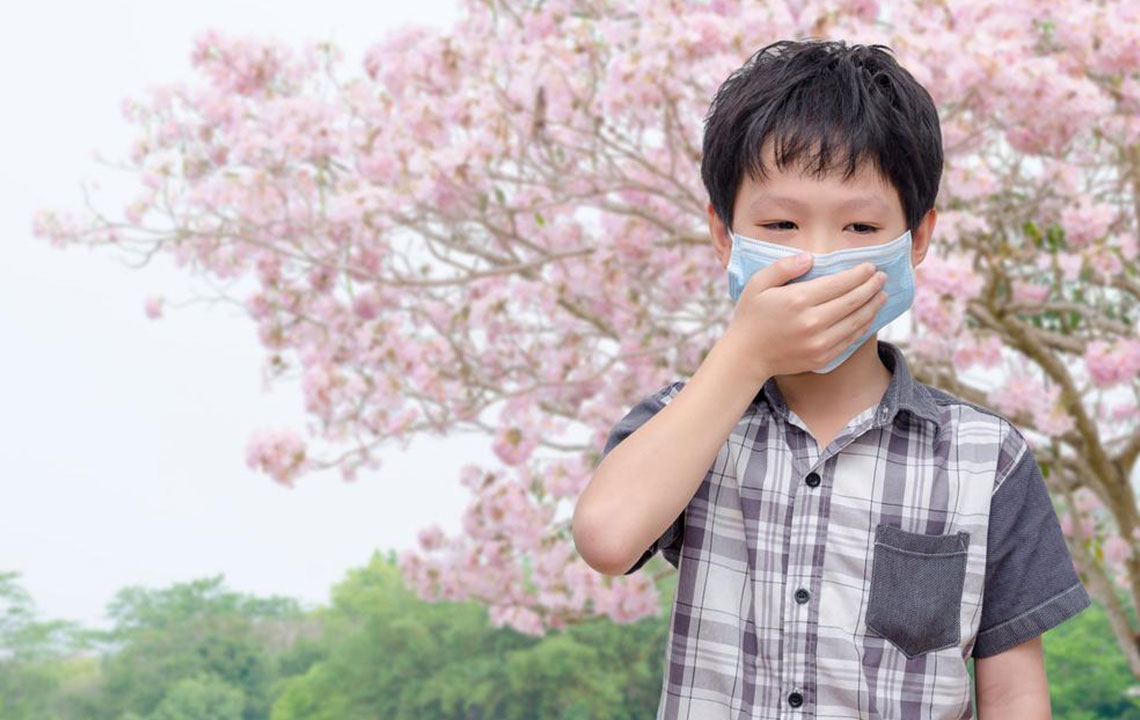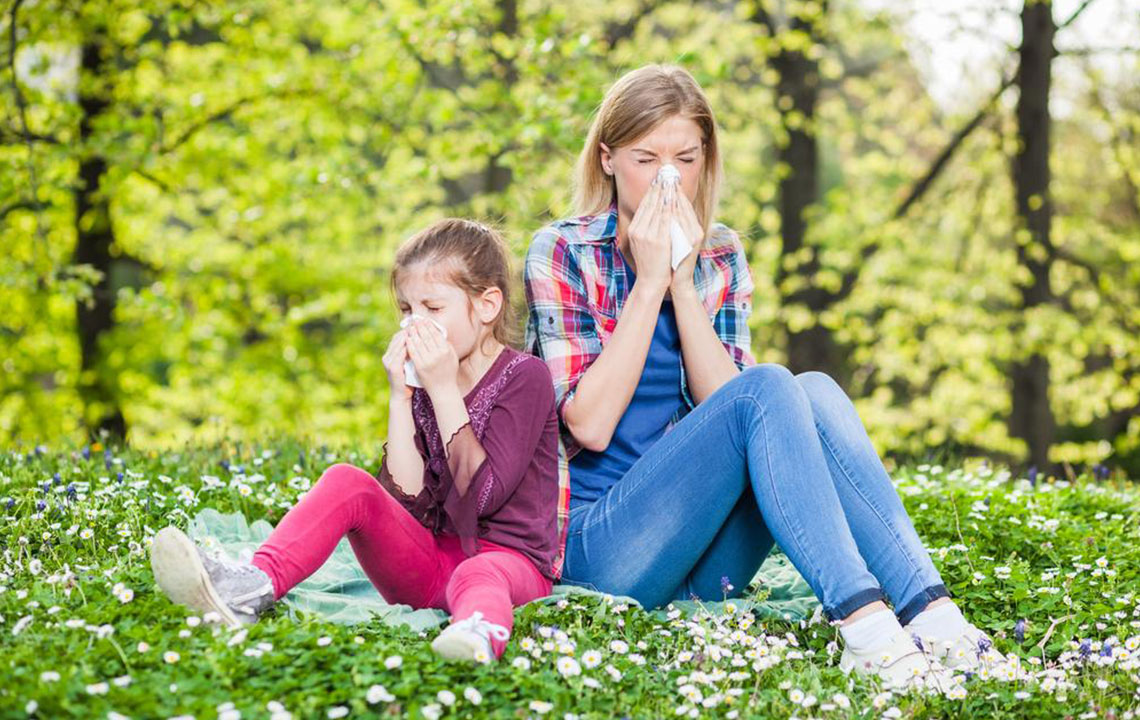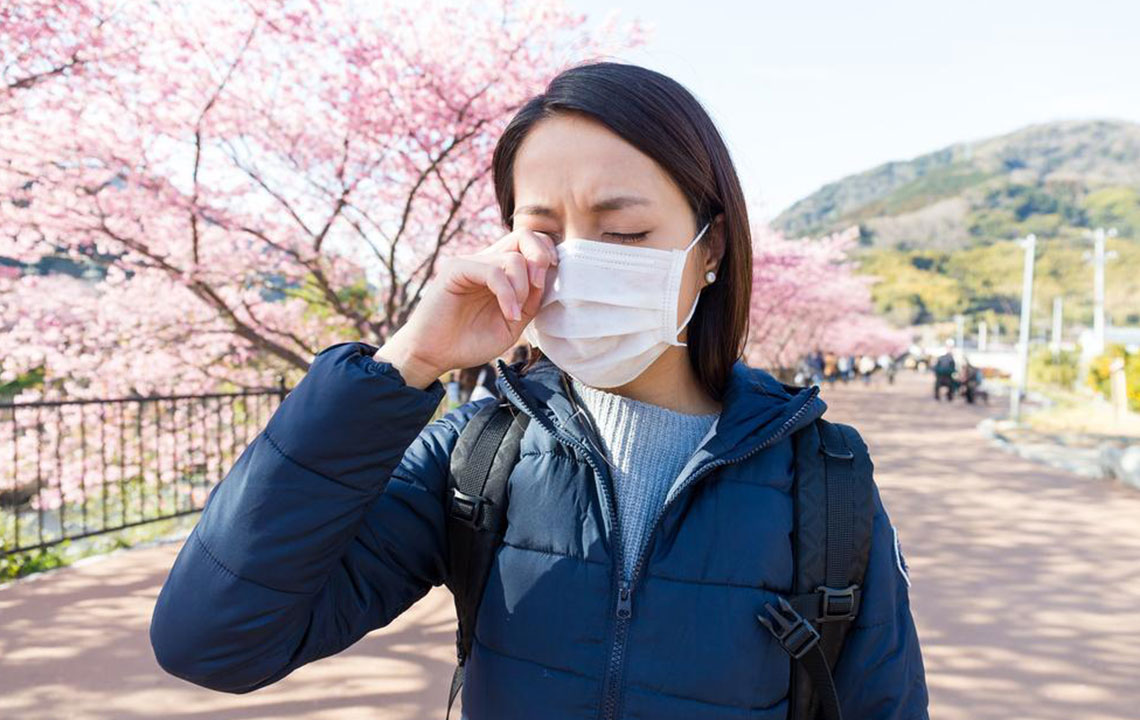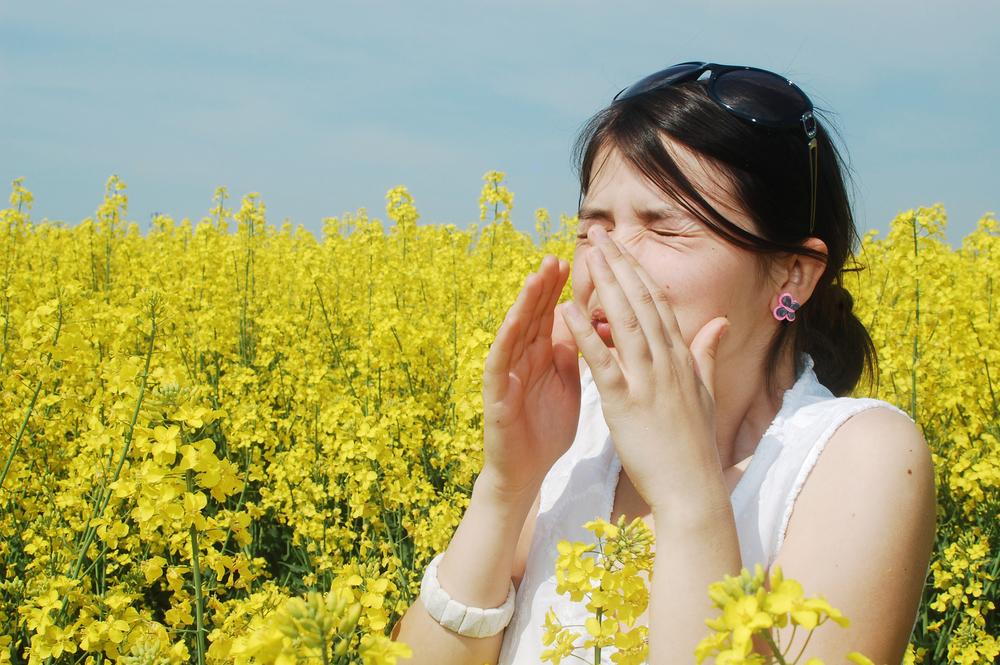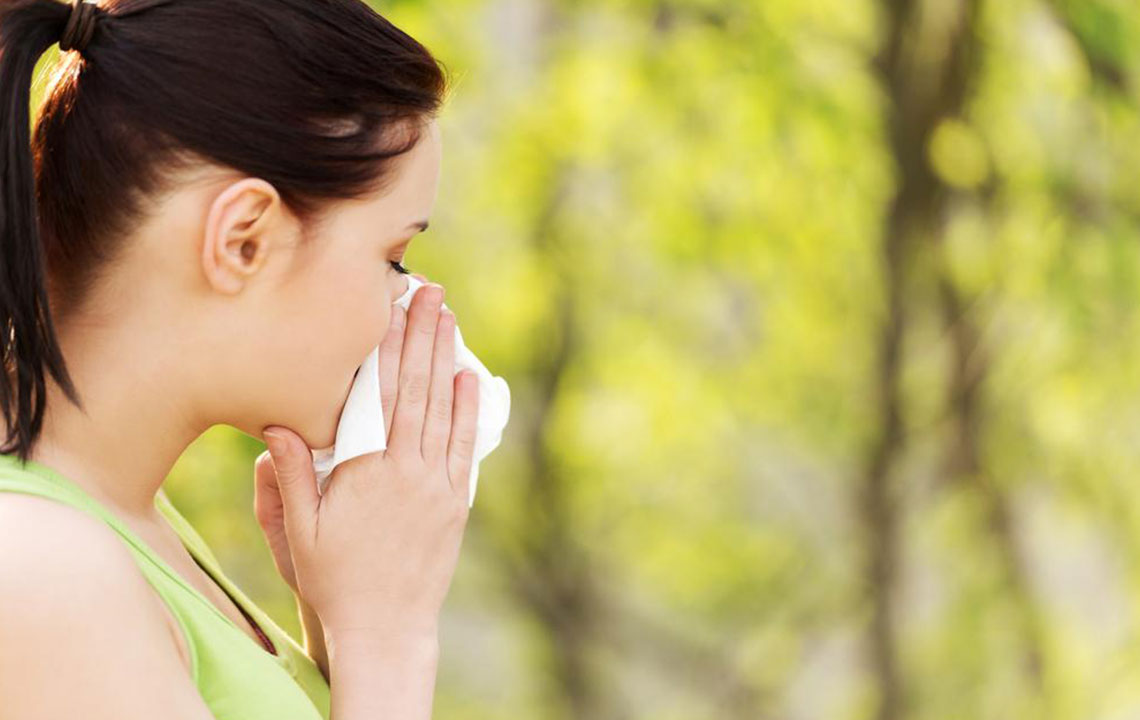Complete Guide to Managing Pollen Allergies and Relief Strategies
This guide offers comprehensive insights into pollen allergies, symptoms, diagnosis, and effective management techniques. Learn about lifestyle adjustments, home remedies, and medical treatments to reduce allergy symptoms and improve quality of life during pollen seasons.
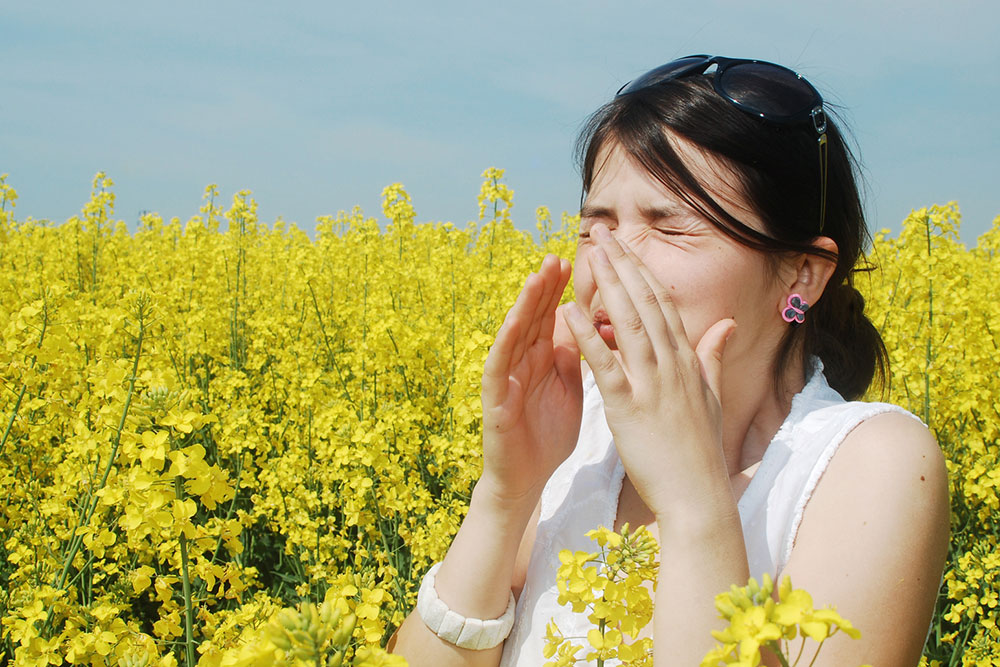
Understanding and Addressing Pollen Allergies
Pollen, a fine powder produced by flowering plants, trees, weeds, and grasses, plays a vital role in plant reproduction. However, when inhaled by sensitive individuals, pollen can trigger immune reactions known as allergies. A significant portion of the population experiences symptoms related to pollen exposure.
The immune system normally defends the body against harmful agents like bacteria and viruses. In allergic individuals, it mistakenly identifies harmless pollen as a threat, producing antibodies to combat it.
This reaction is known as allergic rhinitis or hay fever.
How to Manage Pollen Allergies?
While complete elimination of pollen allergy is challenging, various remedies can help alleviate symptoms. Lifestyle adjustments combined with medications can provide effective relief. Here’s a comprehensive overview of pollen allergies, including home remedies for quick symptom relief.Types of Pollen That Cause Allergies
Pollen from various sources can provoke allergic reactions. Trees such as oak, birch, and cedar, grasses, and weeds like ragweed, tumbleweed, and sagebrush are common culprits. Among these, grass pollen is the most frequent allergen.To identify your specific pollen allergy, consulting an allergy specialist is recommended. Knowing which pollen triggers your symptoms helps in timing medication and preventive measures effectively, especially since different plants pollinate at different times of the year.
Common Symptoms of Pollen Allergy
Symptoms include nasal congestion, runny nose, watery eyes, facial sinus pressure, coughing, slight hearing loss, sore throat, increased asthma incidents, and under-eye swelling or discoloration.Diagnosis Methods
Doctors utilize two primary tests:Skin Prick Test: Small allergens are applied to skin pricks. If allergic, redness, swelling, and itching appear within minutes. The presence of raised hives, called weals, indicates allergy severity.
Blood Test (Specific IgE): A blood sample is analyzed for antibodies reacting to specific allergens, useful when skin tests are unsuitable or interfere with medications.
Managing Pollen Allergies
Preventive steps include staying indoors during windy days, avoiding outdoor yard work during peak pollen season, keeping windows and doors closed when pollen counts are high, and wearing masks outdoors. If symptoms persist, medications like antihistamines or nasal sprays can help. Allergy immunotherapy (allergy shots) may be recommended for long-term relief by gradually desensitizing the immune system.Home Remedies for Pollen Allergy Relief
Additional relief can be achieved via home strategies:Installing HEPA air filters in air conditioning systems
Using herbal supplements like butterbur or Spirulina
Eating probiotics to support immune health
Taking 2000 mg of Vitamin C daily
Diffusing essential oils such as peppermint or eucalyptus
Consuming Bromelain to ease breathing
Changing clothes after outdoor activities to reduce pollen contact
In case symptoms worsen despite treatment, seek medical consultation and always discuss new remedies with your healthcare provider to prevent adverse effects.
